Home>Garden Essentials>What Happens If Fake Grass Gets Wet?
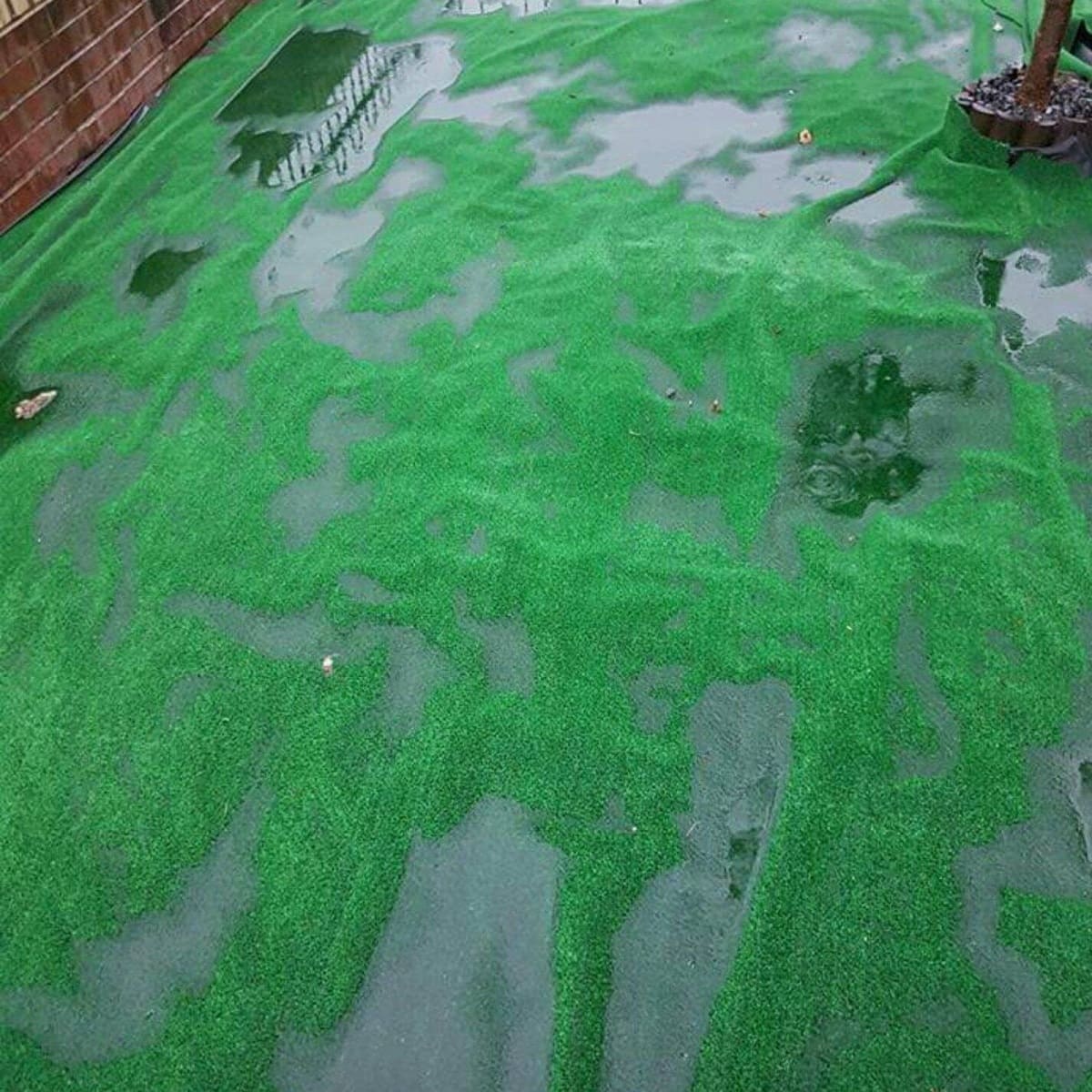

Garden Essentials
What Happens If Fake Grass Gets Wet?
Modified: October 18, 2024
Discover what happens if fake grass gets wet and how it can affect your garden. Learn about the potential consequences and tips to prevent any damage.
(Many of the links in this article redirect to a specific reviewed product. Your purchase of these products through affiliate links helps to generate commission for Storables.com, at no extra cost. Learn more)
Introduction
Welcome to the world of gardening! Whether you’re a seasoned green thumb or just starting out, one important aspect of maintaining a beautiful garden is keeping the grass lush and vibrant. However, maintaining natural grass can be time-consuming and require a significant amount of water, especially in dry climates.
That’s where fake grass, also known as artificial turf, comes to the rescue. Fake grass offers a low-maintenance alternative to natural grass, with the added benefits of saving water, reducing the need for pesticides, and providing a visually appealing landscape all year round. But what happens when fake grass gets wet?
In this article, we will explore the effects of water on fake grass and provide insights into the drainage systems, maintenance, and potential issues associated with wet artificial turf.
Key Takeaways:
- When fake grass gets wet, it needs proper drainage to avoid soggy, smelly, or slippery surfaces. Regular maintenance, like cleaning and brushing, keeps it looking great and prevents potential issues like mold growth.
- Choose high-quality fake grass that can handle water exposure and UV-resistant to maintain its color. With the right care, wet fake grass can provide a beautiful, low-maintenance lawn for years to come.
Read more: What Happens When Insulation Gets Wet
Understanding Fake Grass
Fake grass, or artificial turf, is a synthetic alternative to natural grass that is designed to closely resemble the look and feel of real grass. It is made up of synthetic fibers, typically polyethylene or polypropylene, that are attached to a backing material. This backing material is often made of a blend of materials, including latex or polyurethane, which provides stability and durability.
Fake grass comes in various lengths, colors, and textures, allowing homeowners and landscapers to choose the perfect option for their specific needs and aesthetic preferences. It offers numerous advantages over natural grass, including lower maintenance requirements, enhanced durability, and resistance to pests, weeds, and harsh weather conditions.
One key advantage of fake grass is its water-saving properties. Unlike natural grass, which requires regular watering to stay green and healthy, artificial turf does not rely on water for nourishment. This makes it an environmentally friendly choice, as it helps conserve water resources.
Moreover, fake grass does not require mowing, fertilizing, or frequent weed control, which saves both time and money in the long run. It provides a consistent and visually appealing lawn all year round, regardless of weather conditions or foot traffic.
Another benefit of synthetic turf is its ability to withstand heavy use without getting damaged or worn out. Whether you have children playing on the lawn, pets running around, or host outdoor gatherings, fake grass can handle the pressure and maintain its pristine appearance.
Now that we have a basic understanding of fake grass, let’s dive into what happens when it gets wet and how it can affect its performance and longevity.
Effects of Water on Fake Grass
While fake grass doesn’t require water for maintenance, it is designed to handle occasional exposure to water without any major issues. However, excessive or prolonged exposure to water can have some effects on artificial turf.
Firstly, fake grass is designed to have a good drainage system that allows water to pass through easily. This means that when it gets wet, the water should quickly drain away, leaving the surface dry and ready for use. However, if the drainage system is not properly installed or becomes clogged with debris over time, the water may not drain effectively, leading to pooling or puddles on the surface of the fake grass.
Pooling water can create a variety of problems. It can make the fake grass feel soggy and matted, which may not be ideal for walking or playing on. Additionally, excessive moisture can create a breeding ground for bacteria, mold, and mildew, leading to unpleasant odors and potential health hazards. Therefore, it is important to ensure proper drainage and take steps to prevent water from pooling on the surface of the turf.
Another effect of water on fake grass is its impact on the infill material. Infill is a layer of material, typically made of sand or rubber granules, that is spread over the artificial turf to provide stability, support, and a more natural feel. When water enters the infill layer, it can temporarily increase the weight and density of the infill, making the turf slightly firmer. However, once the water evaporates, the infill should return to its normal state.
In areas with heavy rainfall or high humidity, the infill may retain moisture for longer periods, and this prolonged moisture exposure can lead to mold or mildew growth. It is important to regularly inspect the infill and take necessary measures to prevent any moisture-related issues.
Lastly, the color of fake grass can be affected by water. Some lower-quality artificial turf may fade or discolor over time when exposed to excessive sunlight or water. However, high-quality fake grass is typically UV-resistant and designed to maintain its color even under harsh weather conditions. It is important to choose a reputable supplier and ensure that the fake grass you install is resistant to fading and discoloration.
In the next section, we will explore drainage systems for fake grass and how they can help mitigate the effects of water on artificial turf.
Drainage Systems for Fake Grass
Proper drainage is crucial for maintaining the integrity and longevity of fake grass. A well-designed and correctly installed drainage system ensures that water doesn’t accumulate on the surface, preventing issues like pooling, mold growth, and a soggy feel.
There are two main types of drainage systems commonly used for artificial turf:
- Permeable Base: This is the most common type of drainage system for fake grass installations. It involves preparing the base layer with a compacted layer of crushed stone or gravel, creating a permeable foundation. This allows water to easily drain through the base and into the soil below. The permeable base is topped with a weed barrier and then the fake grass is laid on top. This system ensures efficient water drainage, preventing any pooling or waterlogged areas on the surface.
- French Drains: In areas with poor soil drainage or high water tables, a French drain system may be necessary. French drains are trenches filled with gravel or rock and lined with a porous pipe that redirects the water away from the fake grass. This helps to prevent water from accumulating and causing damage. French drains are typically installed around the perimeter of the fake grass area or at low points where water tends to collect.
It’s important to note that the choice of drainage system depends on various factors such as the local climate, soil conditions, and the specific layout of your garden.
Regular maintenance is key to ensuring the effectiveness of the drainage system. Removing any debris, such as leaves or twigs, that may accumulate on the surface and checking the drainage channels regularly will help prevent any blockages that could hinder water flow.
By taking proper steps to ensure effective drainage, you can mitigate the negative effects of water on fake grass and maintain a dry and visually appealing lawn.
In the next section, we will discuss the maintenance and care required for wet fake grass to keep it in optimal condition.
To prevent mold and mildew, regularly brush and rake your fake grass to remove any debris and allow for proper drainage when it gets wet.
Maintenance and Care for Wet Fake Grass
Even though fake grass requires minimal maintenance compared to natural grass, there are still some essential care tips to keep in mind, especially when it gets wet.
1. Regular Cleaning: Remove any debris, such as leaves, twigs, or pet waste, from the surface of the fake grass. This can be done by simply raking or using a leaf blower. Regular cleaning helps maintain the cleanliness and appearance of the turf, preventing any potential blockages in the drainage system.
2. Brushing: Brushing the fake grass fibers can help to keep them upright and prevent matting. This is particularly important when the turf gets wet, as the water can weigh down the fibers and make them appear flattened. Use a stiff-bristled brush or a power brush to gently brush the surface in different directions to restore the natural look of the turf.
3. Drying: If your fake grass gets wet, it is important to allow it to dry naturally. Avoid walking on the wet turf as much as possible to prevent unnecessary pressure or damage. If there are any puddles or pooling water, use a squeegee or a soft absorbent towel to remove the excess moisture. Ensure that the turf is completely dry before using it again to prevent any potential slip hazards.
4. Apply Artificial Turf Cleaner: To keep your fake grass looking fresh and clean, use a specialized artificial turf cleaner. This product is designed to remove any stains, dirt, or odors that may accumulate over time. Simply follow the manufacturer’s instructions and use a soft-bristled brush to gently scrub the cleaner into the turf. Rinse thoroughly with water afterwards.
5. Check Your Drainage System: Periodically inspect the drainage system to ensure that it is functioning properly. Remove any debris or blockages that may hinder water flow and compromise the effectiveness of the drainage system.
By following these maintenance and care tips for wet fake grass, you can ensure that your artificial turf remains in optimal condition and continues to provide a beautiful and functional outdoor space.
In the next section, we will discuss potential issues that may arise with wet fake grass and how to address them.
Read more: What Happens If An Electric Motor Gets Wet
Potential Issues with Wet Fake Grass
While fake grass is designed to withstand occasional exposure to water, there are some potential issues that can arise when it gets wet. Being aware of these issues and knowing how to address them can help you maintain your artificial turf in the best possible condition.
1. Poor Drainage: Improper or clogged drainage systems can result in pooling or standing water on the surface of the fake grass. This not only compromises the aesthetics but also creates an environment for bacteria, mold, and mildew growth. Regularly inspect and clean the drainage system to ensure effective water flow.
2. Matted Appearance: When fake grass gets wet, the water can weigh down the fibers and cause a matted appearance. This can affect the overall aesthetic appeal of your lawn. Use a stiff-bristled brush to gently brush the fibers and restore their upright position.
3. Slippery Surface: Wet fake grass can become slippery, especially if there are puddles or water accumulation on the surface. This can pose a risk of slips and falls. Ensure the turf is completely dry before using it to avoid any potential accidents. If necessary, use an absorbent material or a squeegee to remove excess moisture.
4. Moisture and Mold: Excessive moisture or prolonged exposure to water can create a breeding ground for mold and mildew. This can lead to unpleasant odors and potential health issues. Regularly inspect the turf for any signs of mold or mildew and address the issue promptly by applying an appropriate antimicrobial treatment.
5. Color Fading: Some lower-quality fake grass may experience color fading or discoloration when exposed to excessive water or sunlight. To prevent this, choose a high-quality artificial turf that is UV-resistant and specially designed to retain its color even under harsh environmental conditions.
By being proactive in addressing these potential issues and implementing proper maintenance and care practices, you can ensure that your wet fake grass remains in optimal condition and continues to provide a beautiful and functional outdoor space.
As we conclude this article, we hope that you have gained a better understanding of the effects of water on fake grass, the importance of drainage systems, and the necessary maintenance and care for wet artificial turf.
Remember, artificial grass is a wonderful and practical alternative to natural grass. With proper installation, drainage, and care, you can enjoy a beautiful and hassle-free lawn for years to come.
Conclusion
Fake grass, or artificial turf, offers a convenient and low-maintenance solution for maintaining a beautiful and lush lawn. While it does not require water for nourishment like natural grass does, fake grass can still be exposed to water from rain, sprinklers, or other sources.
In this article, we explored the effects of water on fake grass and the importance of proper drainage systems. We discussed the potential issues that can arise when fake grass gets wet, such as poor drainage, a matted appearance, slippery surfaces, mold growth, and color fading.
To mitigate these issues and ensure the longevity of your fake grass, it is crucial to have a well-designed drainage system that allows for efficient water flow and prevents pooling. Regular maintenance and care are also essential, including regular cleaning, brushing to restore the upright position of the fibers, allowing the turf to dry naturally, and using artificial turf cleaner when necessary.
By following these guidelines, you can overcome the challenges associated with wet fake grass and maintain a visually appealing and functional outdoor space. Remember, choosing high-quality fake grass that is designed to withstand water exposure and UV-resistant can also contribute to the long-term durability and color retention of your artificial turf.
Whether you’re looking to create a beautiful garden, a safe play area for children, or an outdoor space for entertaining, fake grass provides an excellent solution. With its low-maintenance requirements, water-saving properties, and aesthetic appeal, it is a smart choice for homeowners and landscapers alike.
So, embrace the benefits of fake grass, enjoy a vibrant and green lawn all year round, and say goodbye to the time-consuming maintenance of natural grass. With proper care and attention, your wet fake grass will continue to provide a stunning and hassle-free landscape for years to come.
Frequently Asked Questions about What Happens If Fake Grass Gets Wet?
Was this page helpful?
At Storables.com, we guarantee accurate and reliable information. Our content, validated by Expert Board Contributors, is crafted following stringent Editorial Policies. We're committed to providing you with well-researched, expert-backed insights for all your informational needs.
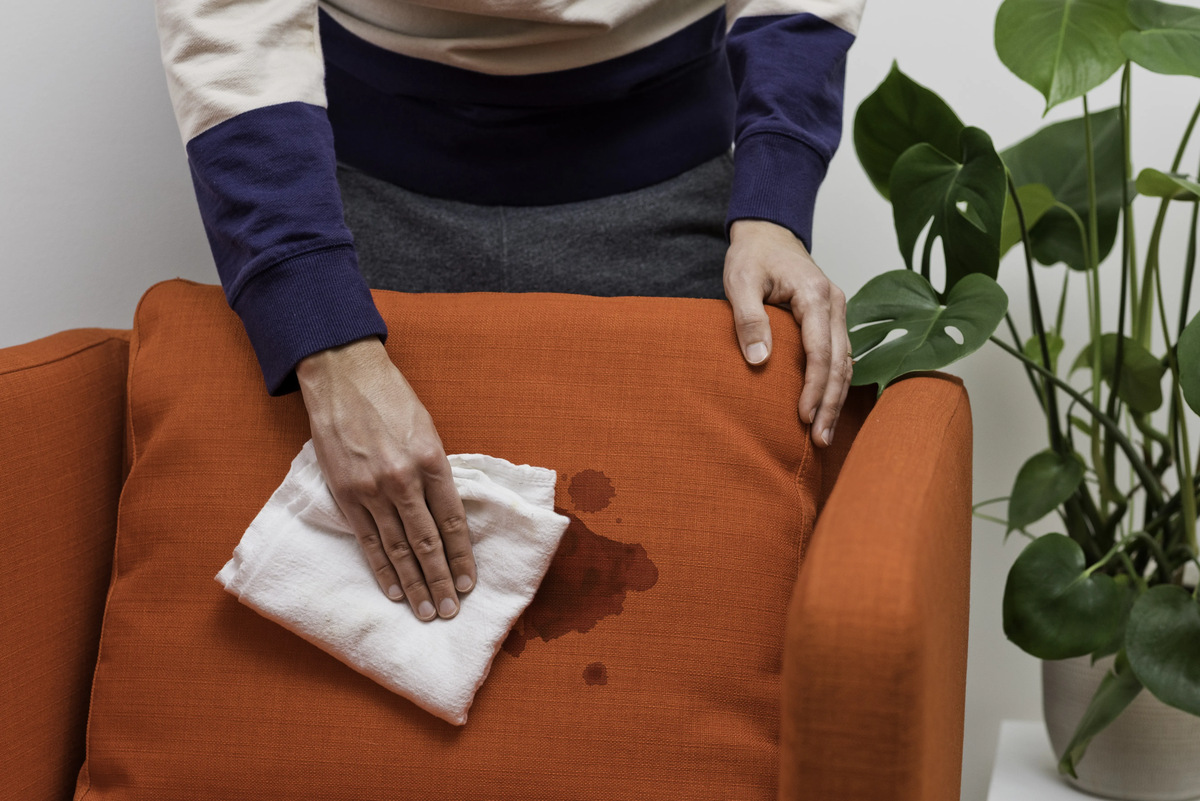
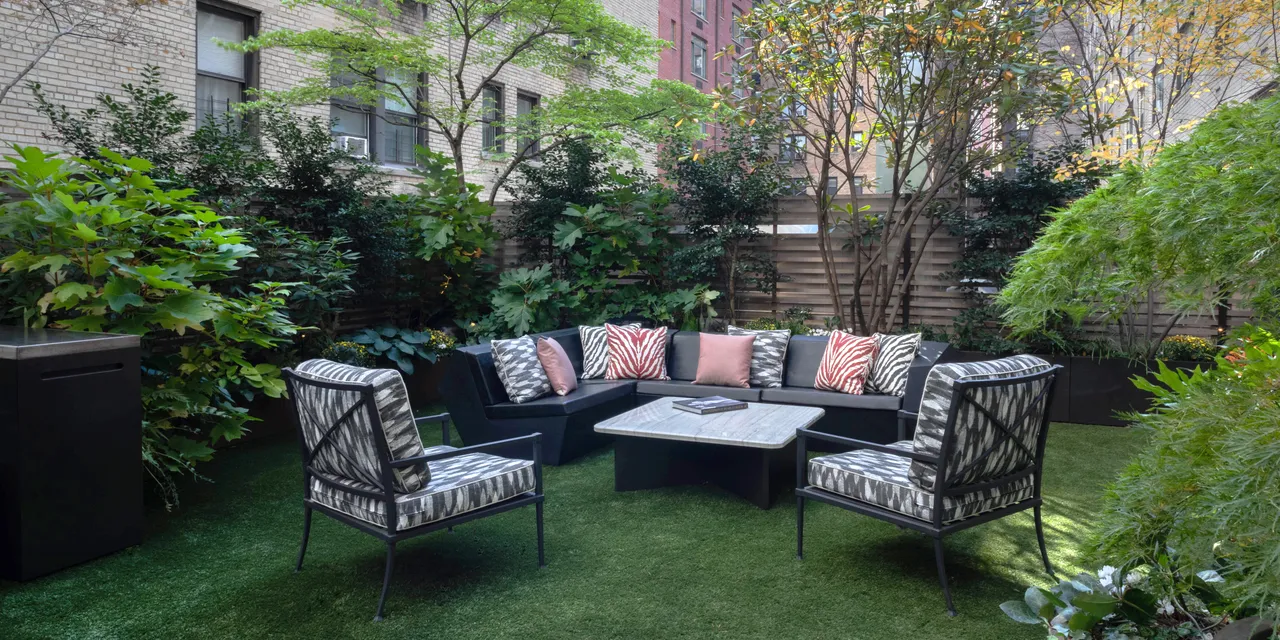
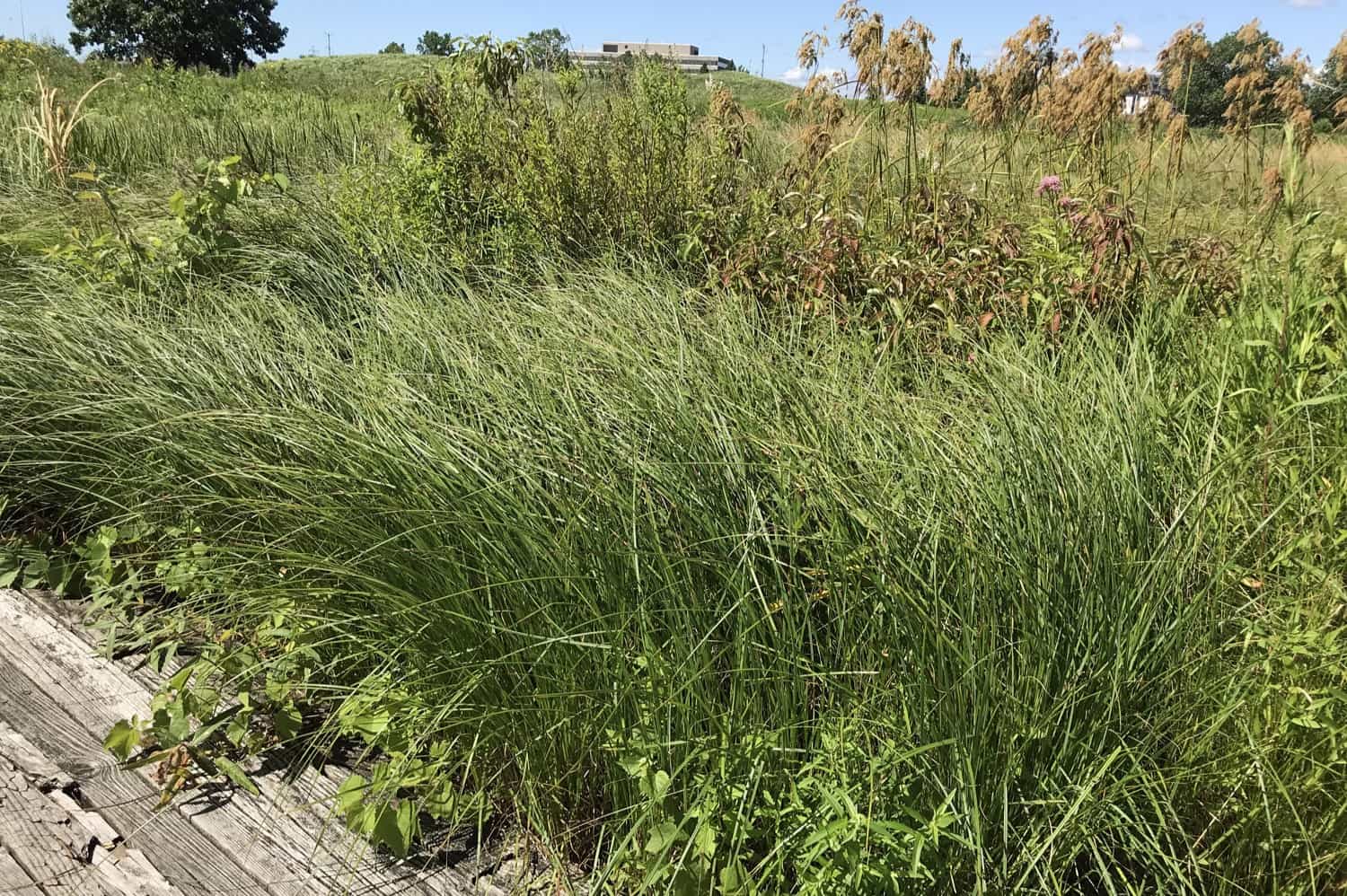
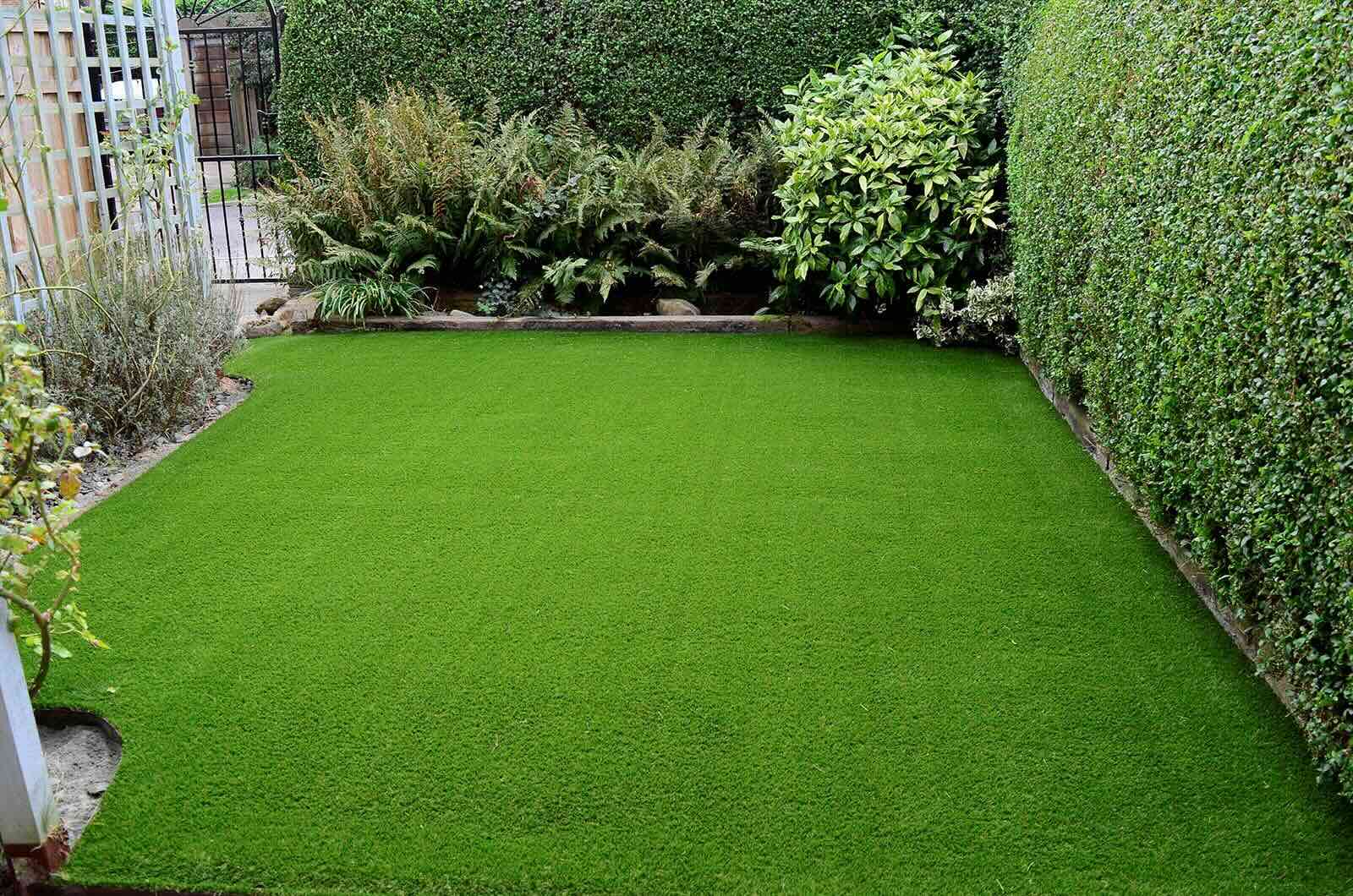
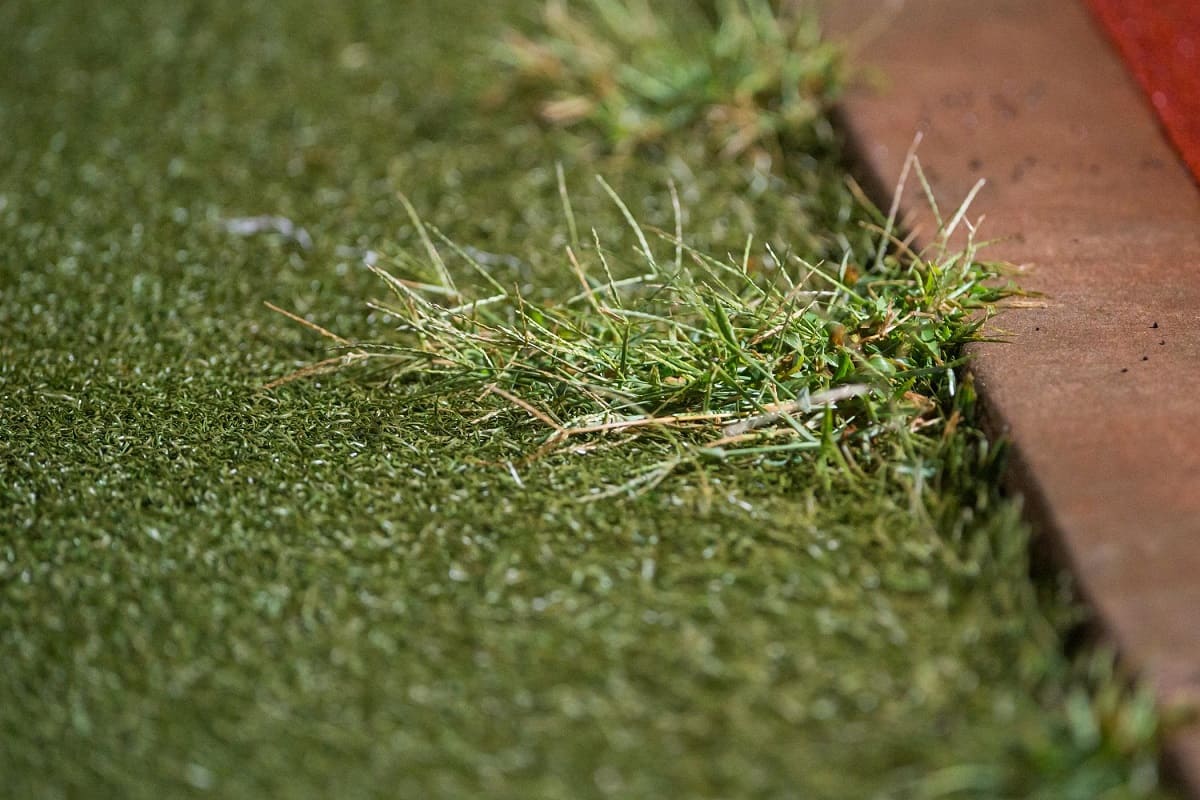
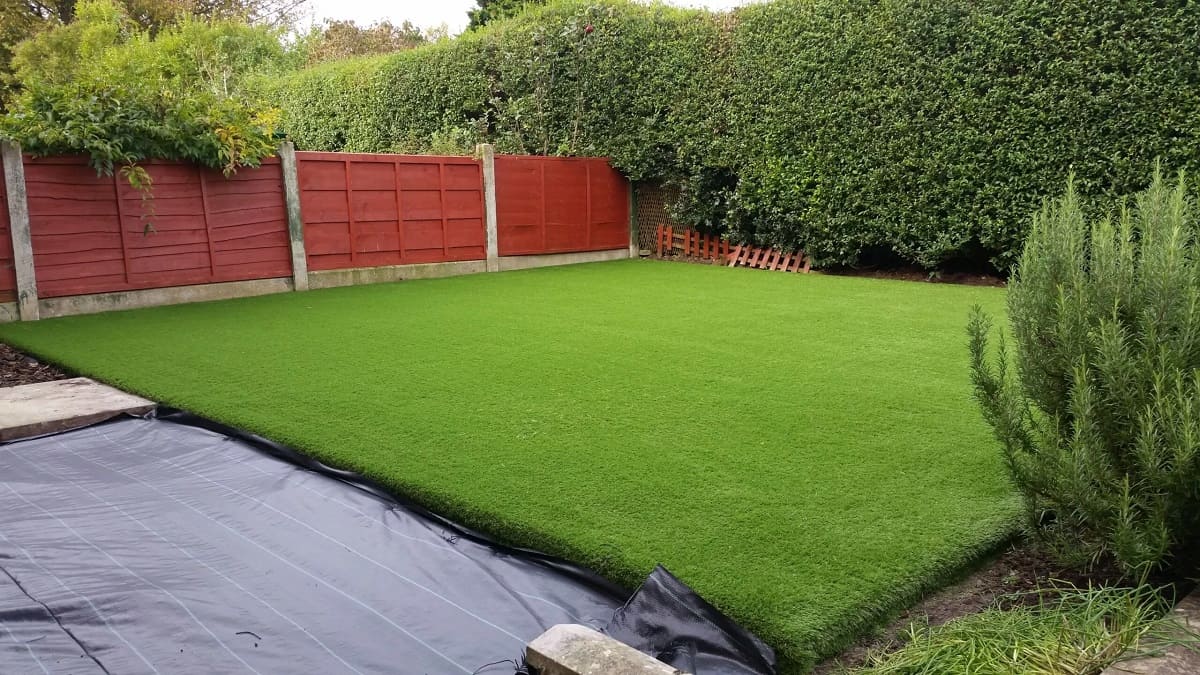
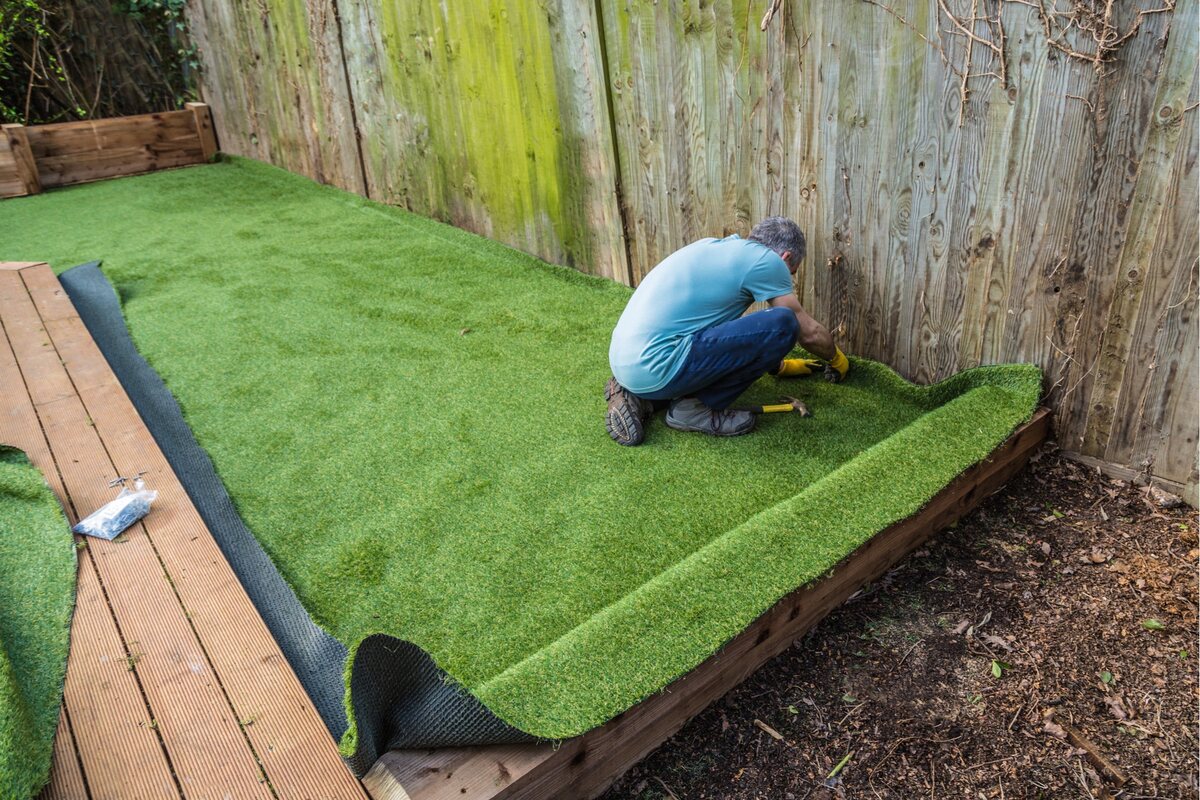
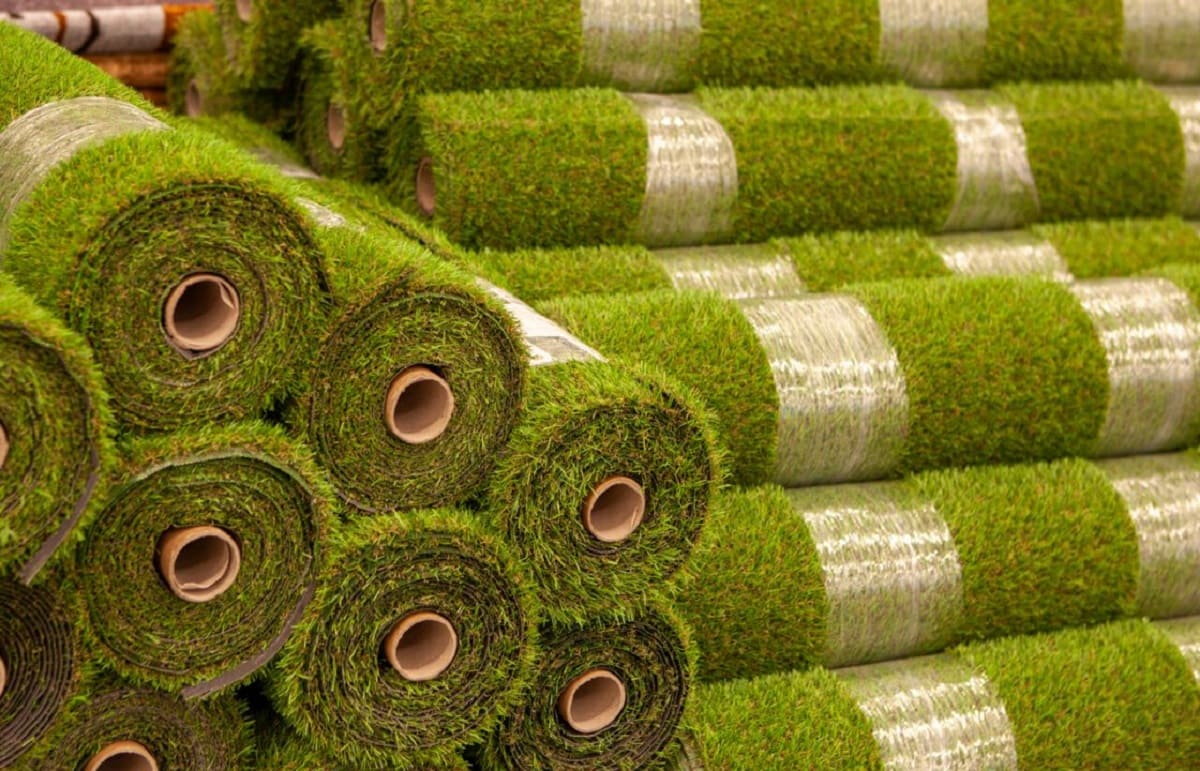
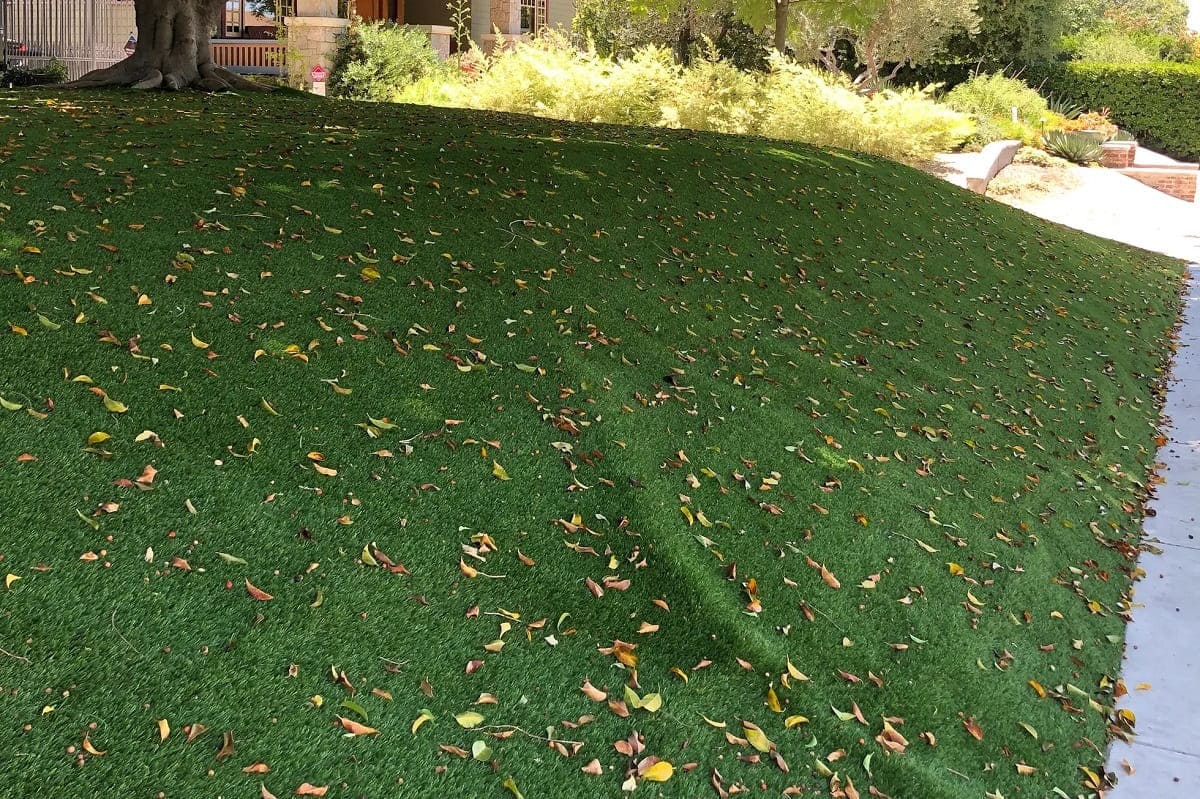
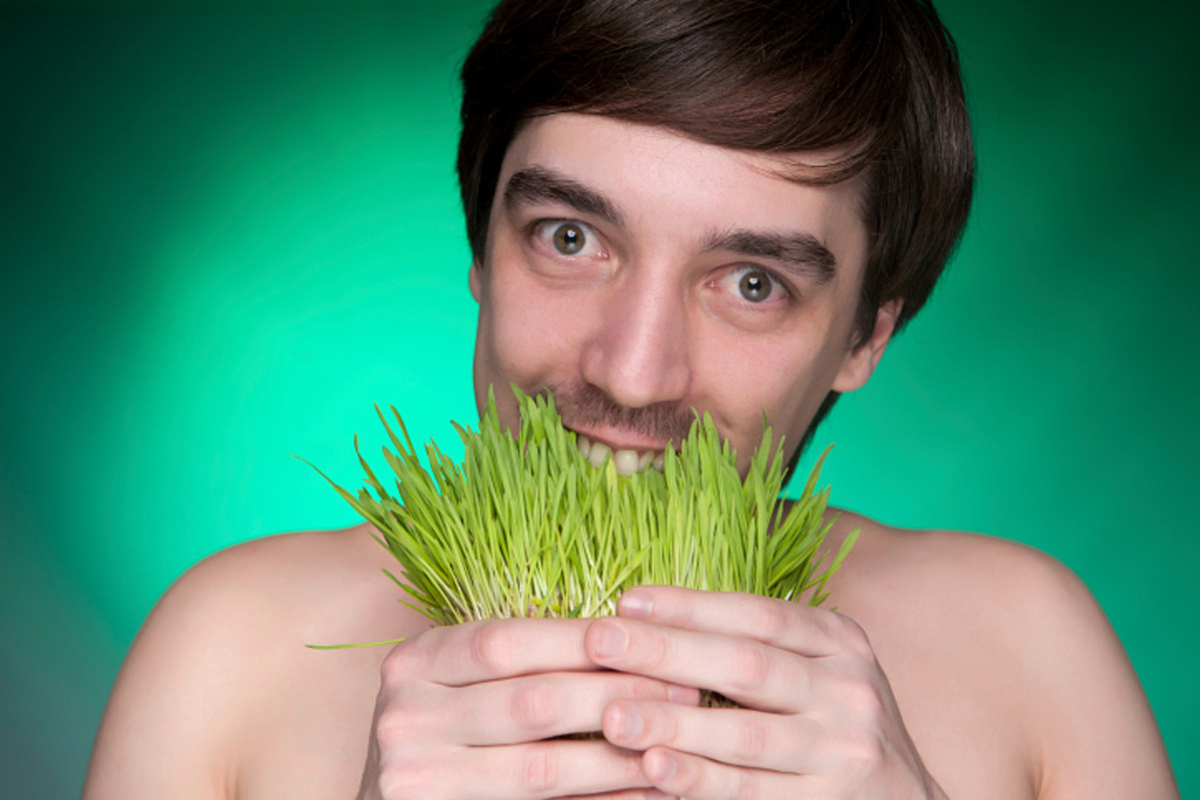
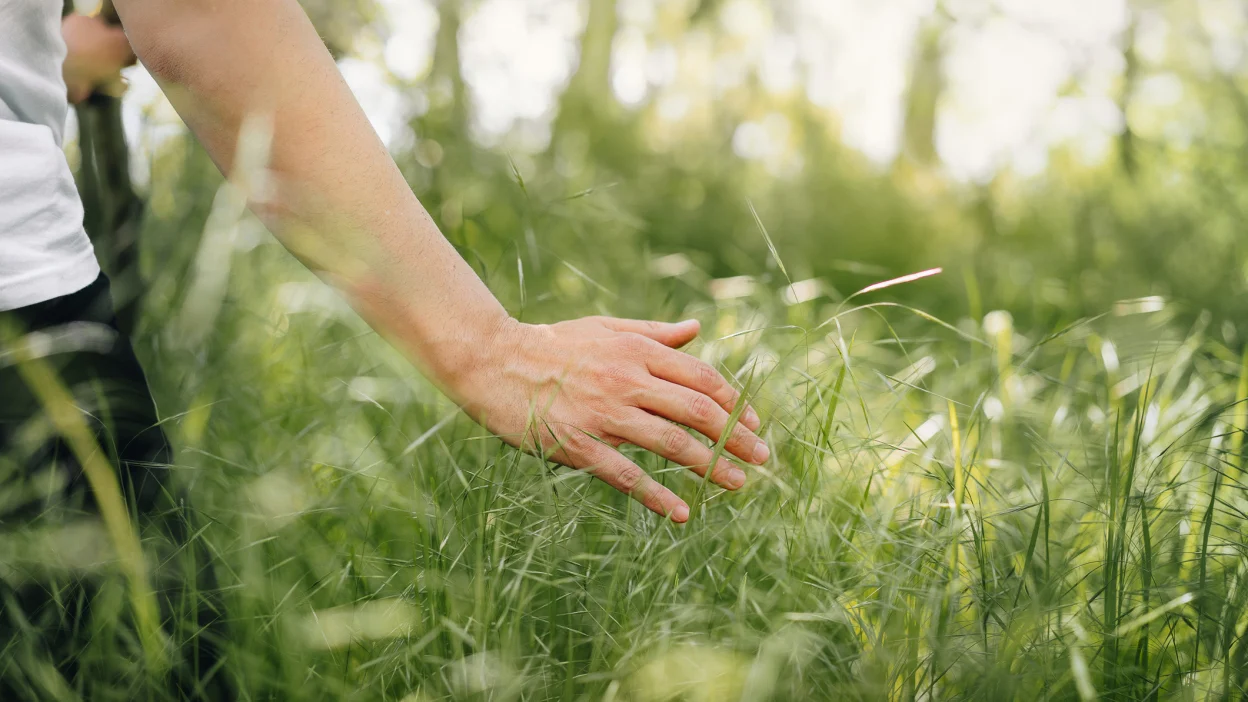
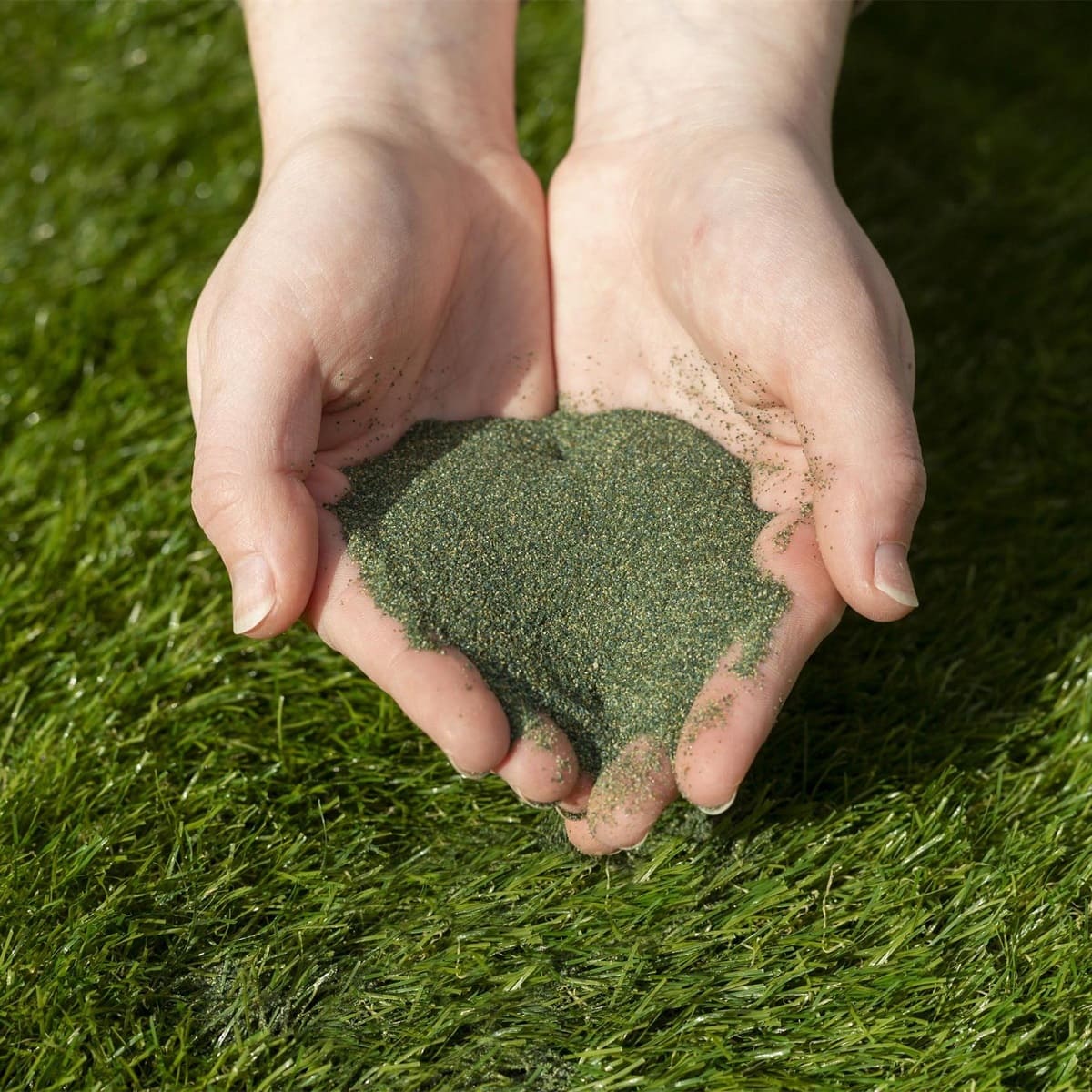
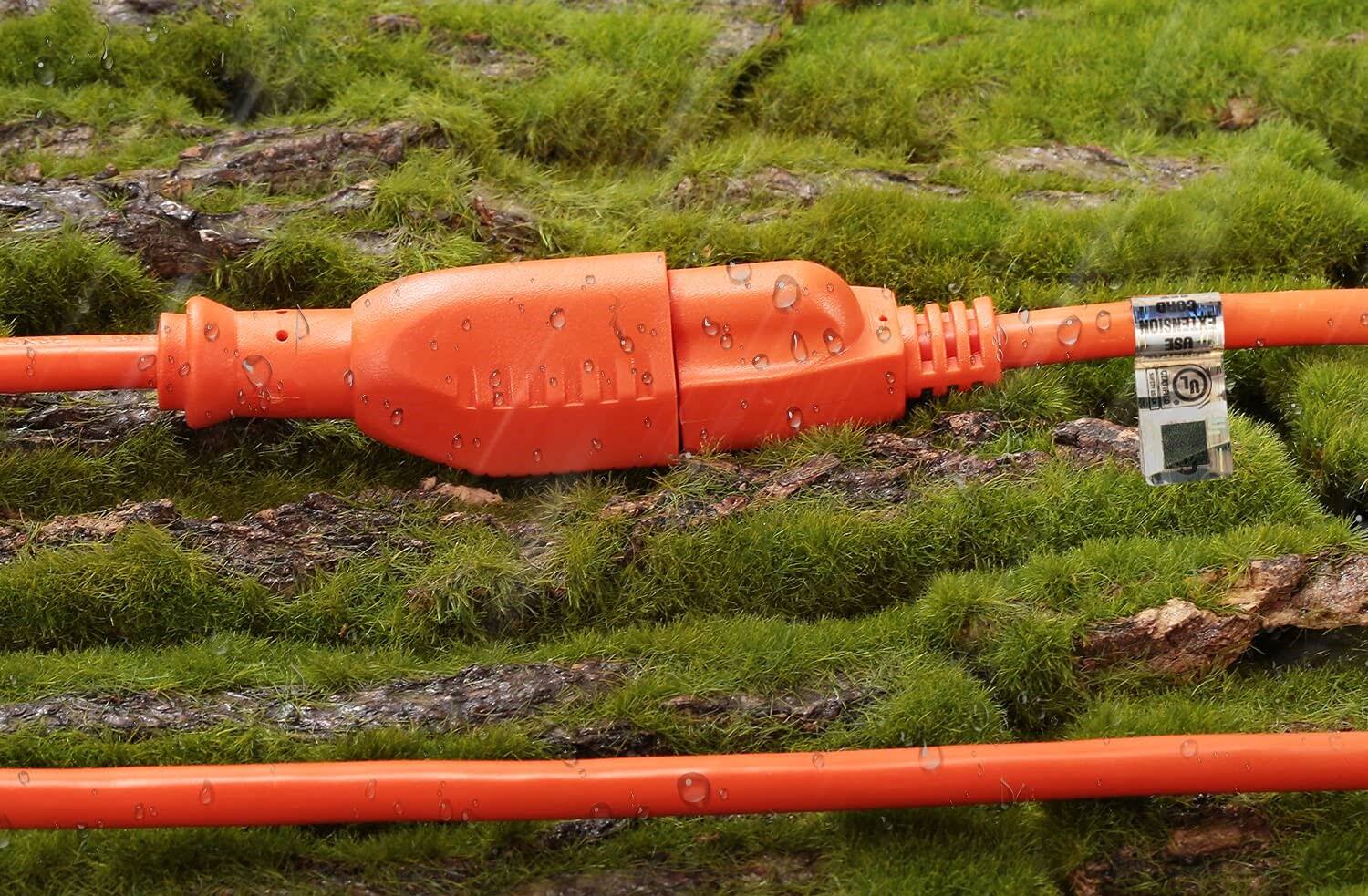
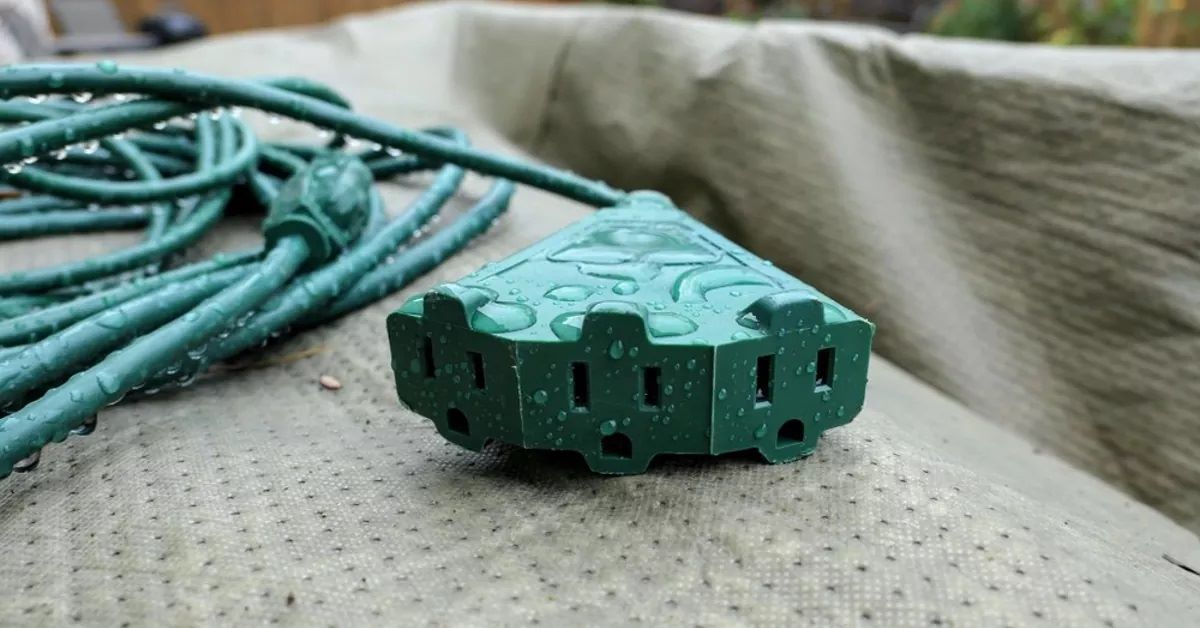

0 thoughts on “What Happens If Fake Grass Gets Wet?”